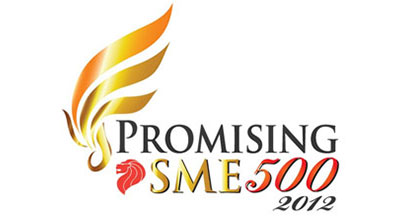- October 6, 2017
- Posted by: webmaster
- Category: Blog

The application of numbers and mental arithmetic is everywhere in our lives, and there are so many ways to make arithmetic learning at home fun and so easy. These fun and educational games will make your child love numbers. Try them out now!
- Stepping The Floor Tiles
This activity is great for children who are kinesthetically-inclined – children who are physically active (literally, they think better on their feet). Many children who learn the abacus can relate to this simple activity that you can re-create in your own home.
Activity:
In a room filled with floor tiles – designate different tiles to represent a number (large tiles contains 5 points, small tiles contains 1 point; different colored tiles can also represent different numbers). Get your child to make his way across the room with only 50 points. Change the parameters by either increasing or decreasing the total number of points of the floor tiles or the total number of points your child has to work with.
To increase the level of difficulty, you could add in layers, such as the learning of the timetables by having each tile represent that number (be it 4 or 6 or 9). The concept behind this game is similar to how the abacus functions.
- Daily Home Situations
This activity complements your child’s understanding on how mental arithmetic can be applied in any real-life situations. In turn, it has a spillover effect on your child having a better understanding and confidence to solve problems in school.
Activity:
Open the fridge and have your child point out how certain ingredients are measured. For example, how is milk measured? How is ham weighed?
Have your child observe measurements in everyday items that he/she comes in contact with. How much is 1 litre of your child’s favorite drink? If one cup of your child’s favorite drink is 200 ml, how many cups are needed to finish 1 litre of that drink?
Too hard for your child to understand the concept of hundreds and thousands? Use ice cream sticks or bars that come in those box packaging in supermarkets to help them instead. Children love ice cream shopping so this is an activity your child will definitely enjoy. Let your child know the amount of sticks one box contains, and get him/her to calculate the days when you will need to visit the supermarket again. Next time, your child will start to calculate even before deciding to buy that ice cream. Another good skill to have, isn’t it?
Awards













